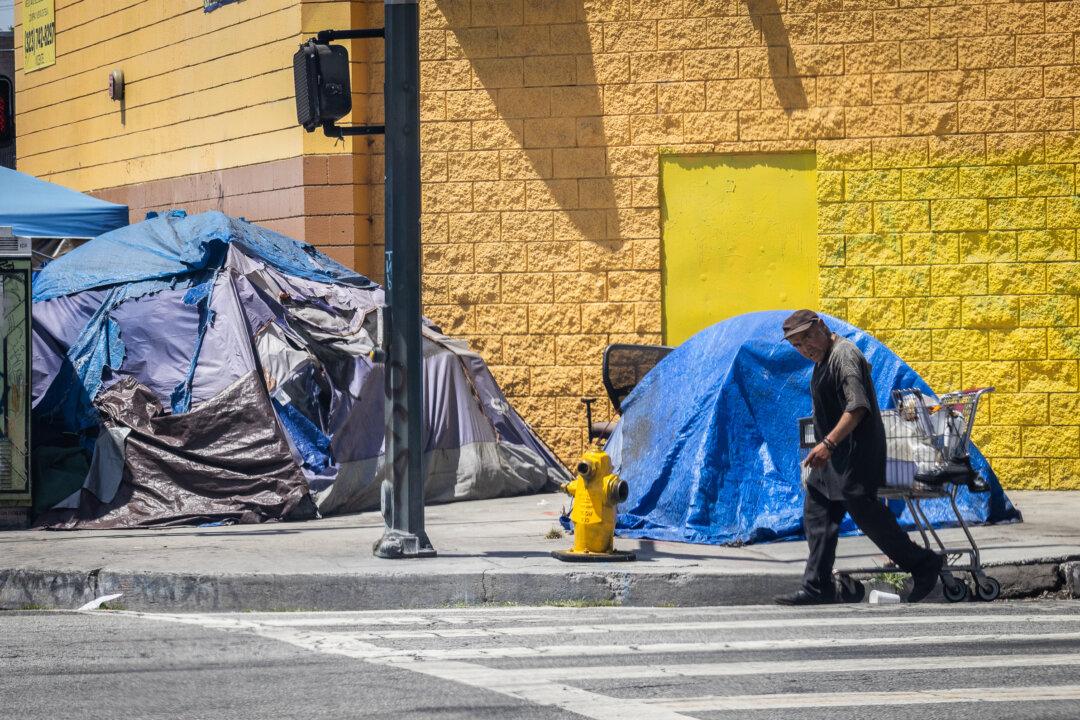CHULA VISTA, Calif.—The Port of San Diego has begun installation of 300 “reef balls” as part of the South Bay Native Oyster Living Shoreline Project next to the Chula Vista Wildlife Refuge, it was announced Dec. 9.
The project, in partnership with the California State Coastal Conservancy and U.S. Fish & Wildlife Service, is the latest of several port projects intended to protect the shoreline from impacts related to rising sea levels and to increase the biodiversity of San Diego Bay by creating new marine habitats.
“The Port of San Diego is proactively and continuously planning for and implementing various strategies to reduce the impacts of future sea level rise,” said Michael Zucchet, chairman of the port’s board of commissioners.
“We are grateful to the U.S. Fish and Wildlife Service, California State Coastal Conservancy and Builders Initiative for their support of this important project that will strengthen coastal resiliency along our waterfront while also helping to protect and enhance the diverse ecosystems in and around San Diego Bay.”

The roughly $960,000 project is fully funded by grants from the U.S. Fish and Wildlife Service and Builders Initiative. The cost covers the fabrication, installation, and long-term monitoring of the project.
“The state of California is investing in the health and resilience of its shorelines to protect our communities and economies, while supporting the biodiversity of our coastal habitats,” said Amy Hutzel, executive officer of the California State Coastal Conservancy. “This project demonstrates the potential of nature-based solutions to help one of California’s most iconic and vibrant waterfronts keep pace with rising seas.”
Living shorelines use natural elements such as plants or, in this case, oysters, to stabilize shorelines in place of the traditional hard armoring, such as rip rap revetment and sea walls that we currently see prevalent around the bay, a port statement said.
The South Bay Native Oyster Living Shoreline Project is placing constructed reef ball elements in a series of six arrays. Each array includes 15 groups of four reef ball elements made of baycrete—concrete mixed with local sand and oyster shell aggregate—in a square pattern for a total of 360 reef ball elements and 90 reef groups.
Each array is roughly 88 feet long by 45 feet wide. According to the port, while the total area of the project spans nearly 30,000 square feet of intertidal shoreline, the total “footprint” of the reef ball elements is planned to be substantially lower at 5,760 square feet.
The project intends to “demonstrate the ability to attract and establish native oyster populations that create structurally complex ’reef' habitats for fish, birds, invertebrates and aquatic plants,” a statement from the port said. It is also expected to improve local water quality through oyster water filtration and settling of sediments.
After installation is complete, the pilot project and the adjacent shoreline will be monitored and assessed for five years to study the growth of oysters, presence or lack thereof of non-native species, and how it impacts wildlife. If successful, the reef will be permanent.





